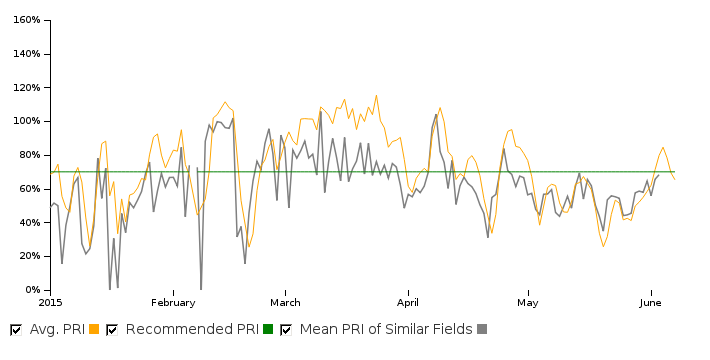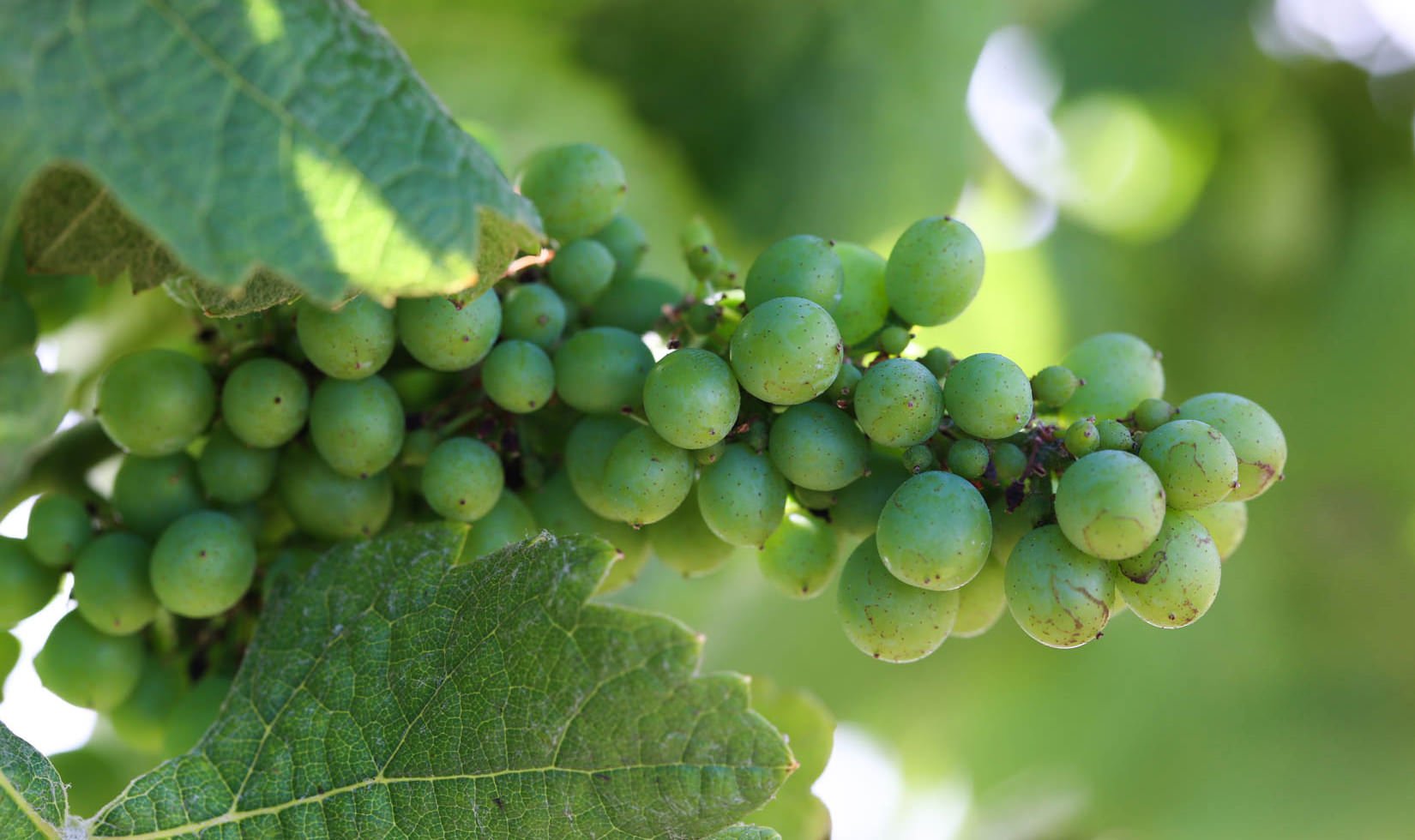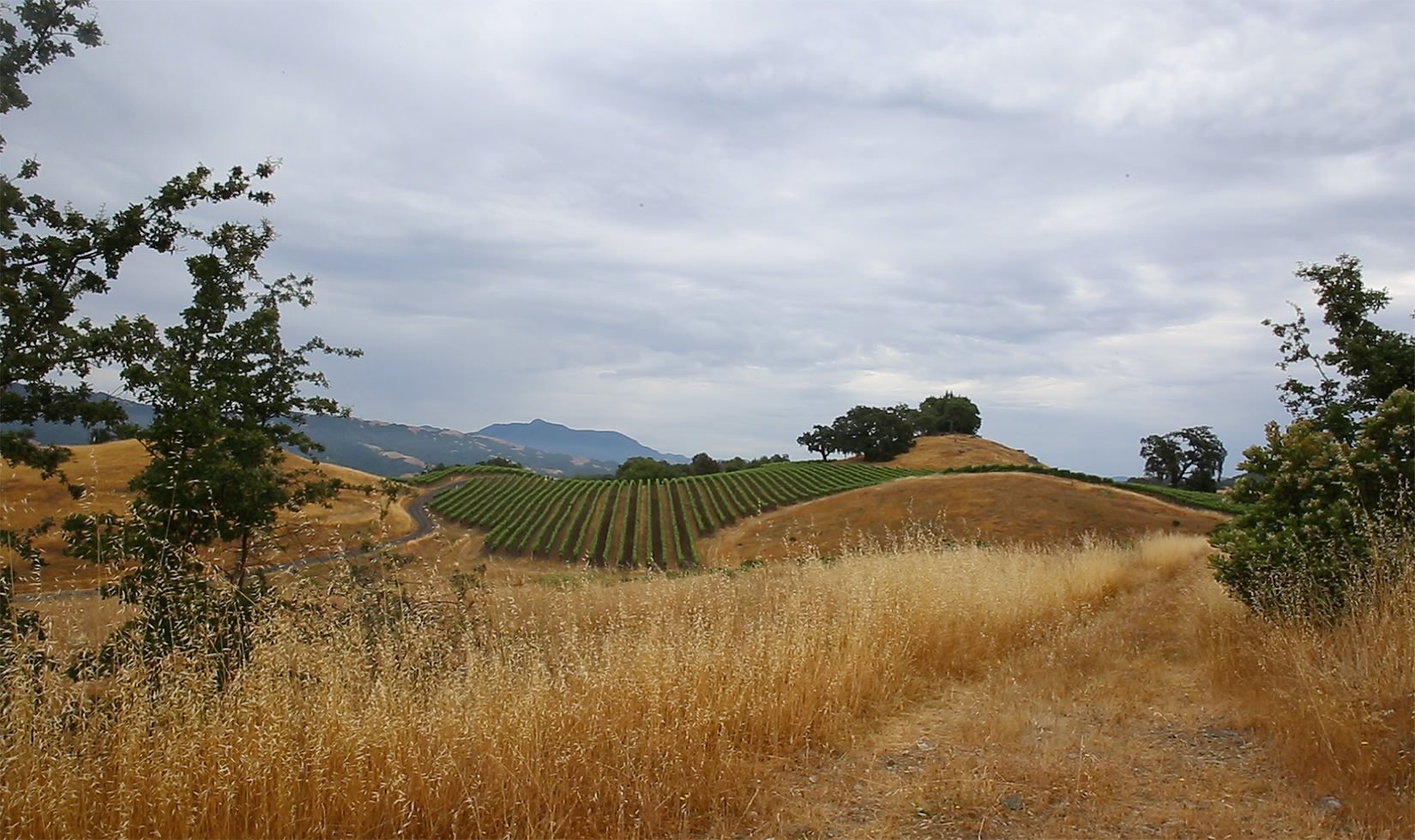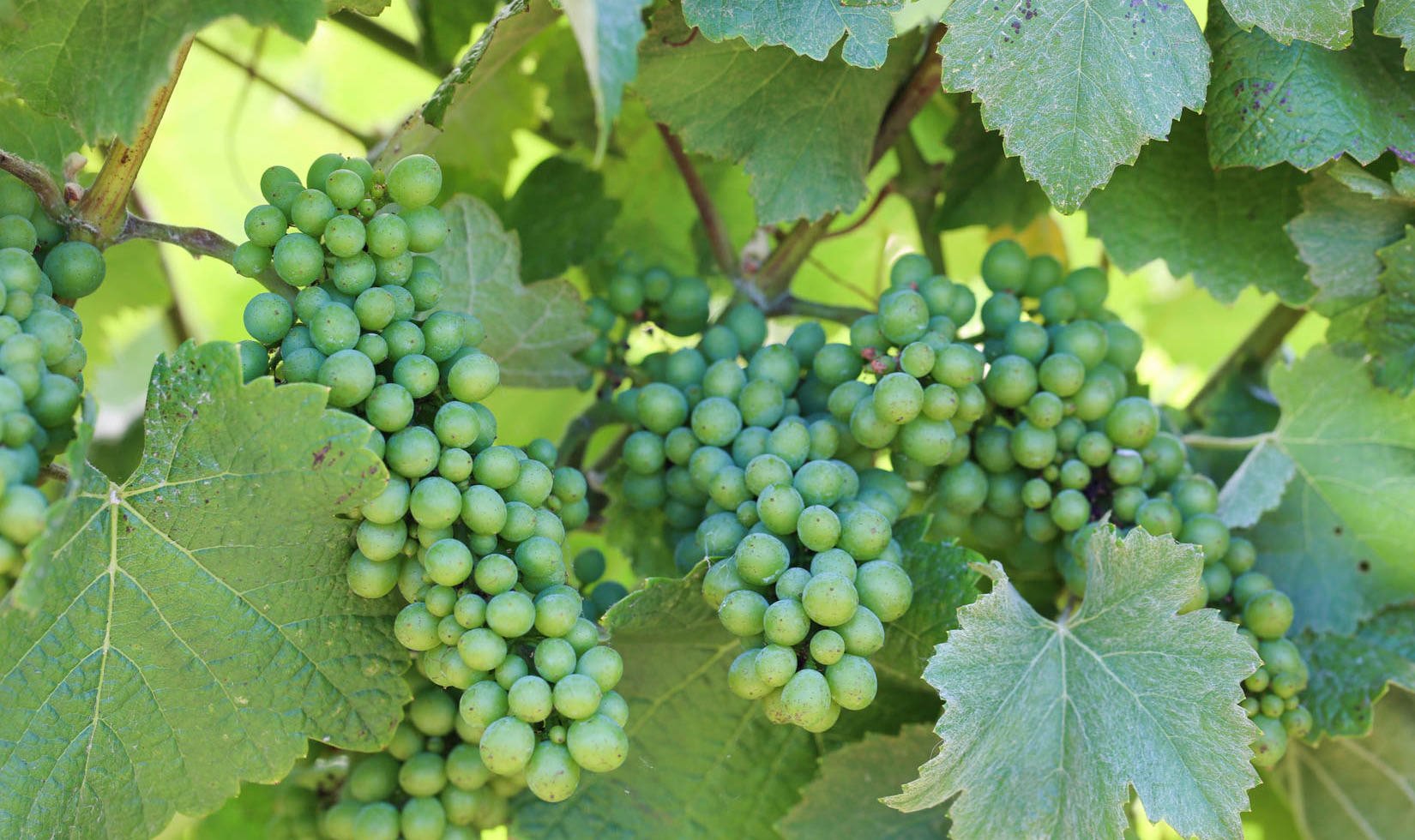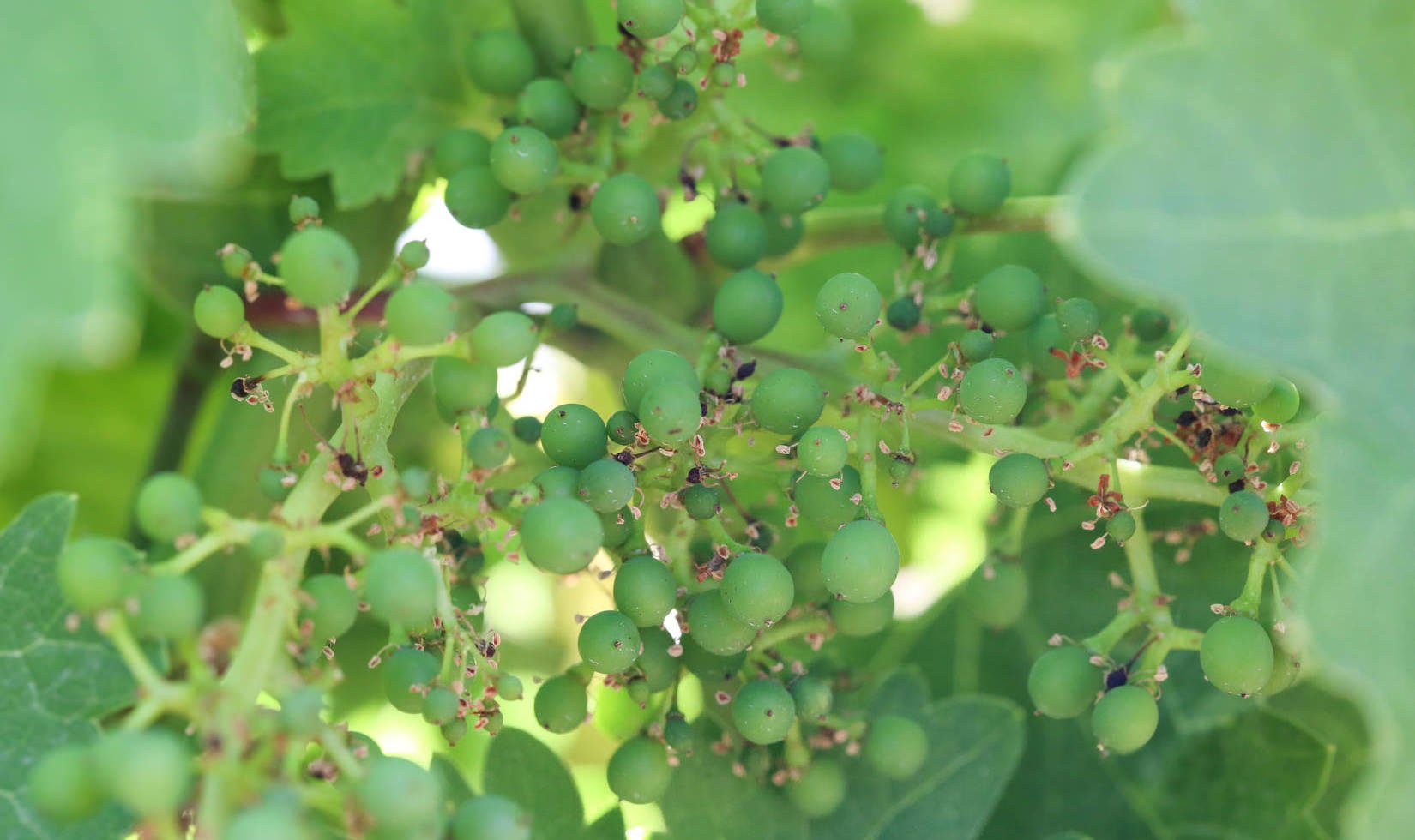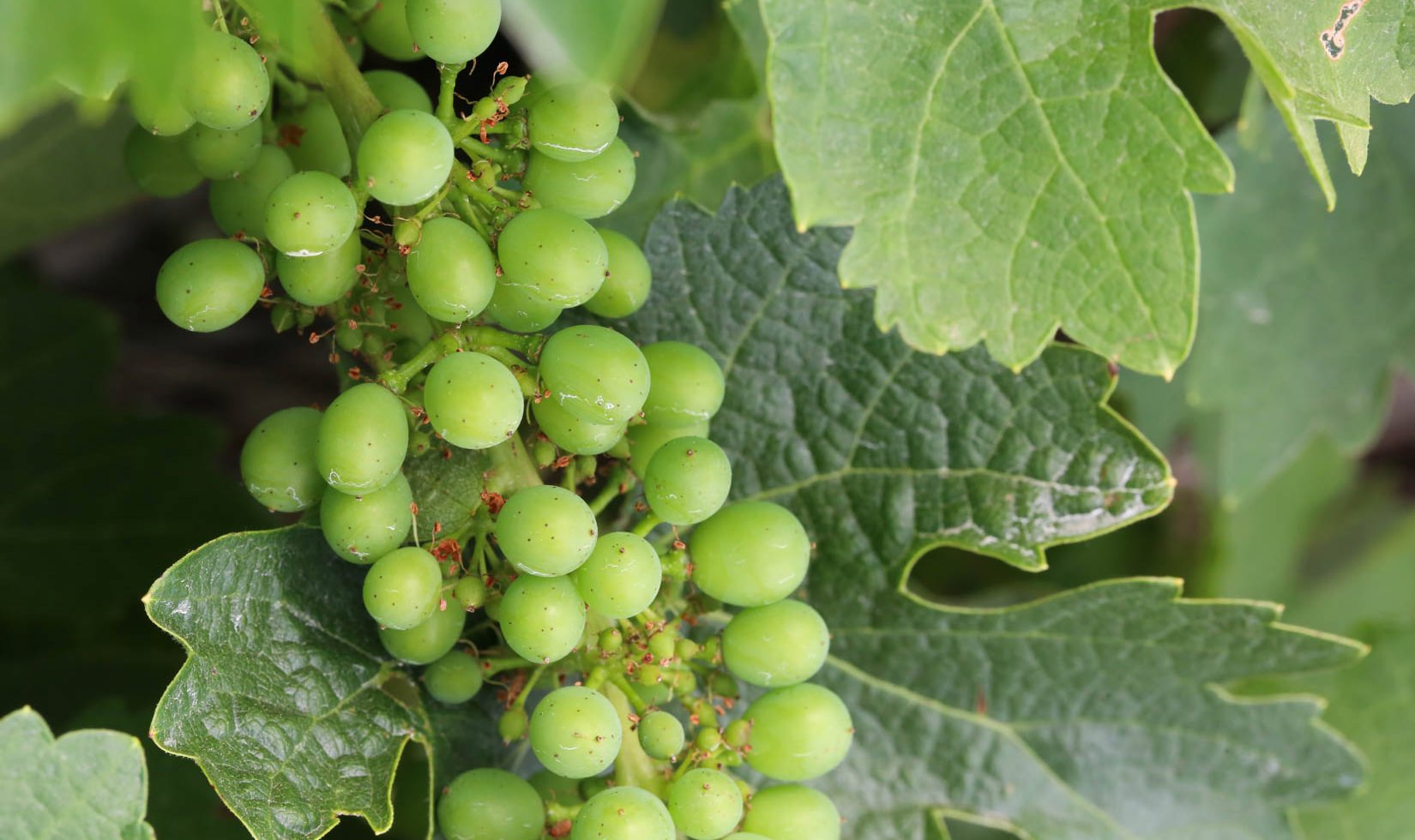Spring of 2015 may be remembered as the “the winter of our discontent” in Northern California wine country. Despite very warm, dry conditions in March and April that led to an early bud break (three weeks earlier than normal), May was one of the coldest spring months on record in our area. Weather patterns were more typical of February: foggy and cool with some rain. Mr. Sun had a very shy disposition and rarely showed his bright, warm face.
At this point, the growing season has favored some appellations over others. For earlier ripening varieties, such as Chardonnay in the Russian River Valley, warm weather prevailed throughout bud break in March and right into an early flowering in late April. Warm, even temperatures with little wind and moisture are key to ensure the grapevine flowers complete pollination. As the pollen from the flower is released, fertilization occurs and every flower becomes a berry. (See our last blog post about this year’s flowering.) Our Chardonnay growers witnessed a swift flowering and fruit set for certain blocks, but even some clusters still lagged behind as the cool May weather persisted.
But our Russian River blocks still did not share the time warp that our Alexander Valley growers did with their Bordeaux varieties, where only a small percentage commenced berry set the first week in May. As the cool weather lingered, we saw very little progress with the clusters of flowers. Most days were cool and some windy in the Alexander Valley in early May, which led to some shatter in Merlot and Cabernet Sauvignon vineyards (pictured below). Shatter affects the quantity of berries in the cluster, not the quality.
If shatter were the only hurdle this vintage, we’d be happy. The cool weather over the course of four weeks during this delicate time of the growing season also led to uneven flowering and fruit set within several Bordeaux variety vineyards in Alexander Valley. On two abutting vines, we’ve seen one Cabernet Sauvignon cluster still finishing flowering while its neighbor is already into fruit set. Uniformity of the clusters is key to growing the great wines of the world, and many times that means making sacrifices. To mitigate the uneven clusters, I’ve asked all the growers to drop any flower clusters still hanging while they complete hand-leafing of the canopies over the next few weeks. Fruit set was so prolonged that I want to ensure any latent clusters that are far behind the rest, in terms of maturity, are removed. There is good reason why the French winemakers say, Mai fait le vin (“May makes the wine”). The balance of the crop is set in May. Because Mother Nature has not been cooperating, we have to use our empirical wisdom and willingness to accept loss, sacrificing some of the crop to bring the vintage back into balance.
After a few spotty rain showers in June, we are looking forward to the warm, sunny days in the upcoming forecast. The bright side is that the cool weather did take some pressure of water resources during the drought. With such warm days during bud break, there was no frost or need to use water for frost protection. A big relief. Evapotranspiration rates have been quite mild for the month of May due to the cold temperatures, which means very little water at all is needed for irrigation. Ranch Manager Brent Young is also using the Tule Technologies sensors, which provide precision data for his irrigation decisions. As water has become one of the most precious resources in California, new technologies are becoming available to farmers, and grape growers are no exception, to better facilitate the use of what has become a rare natural resource.
